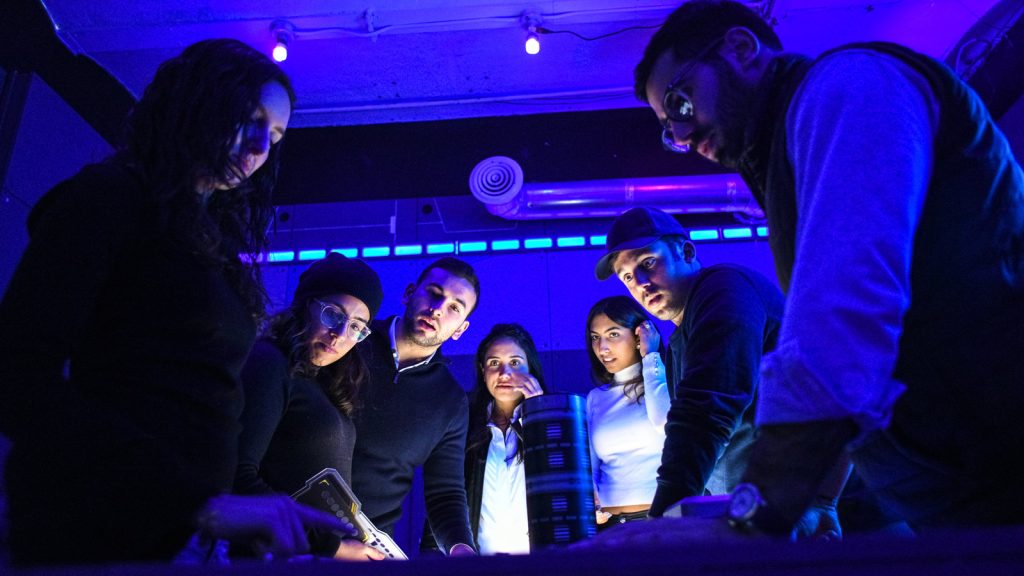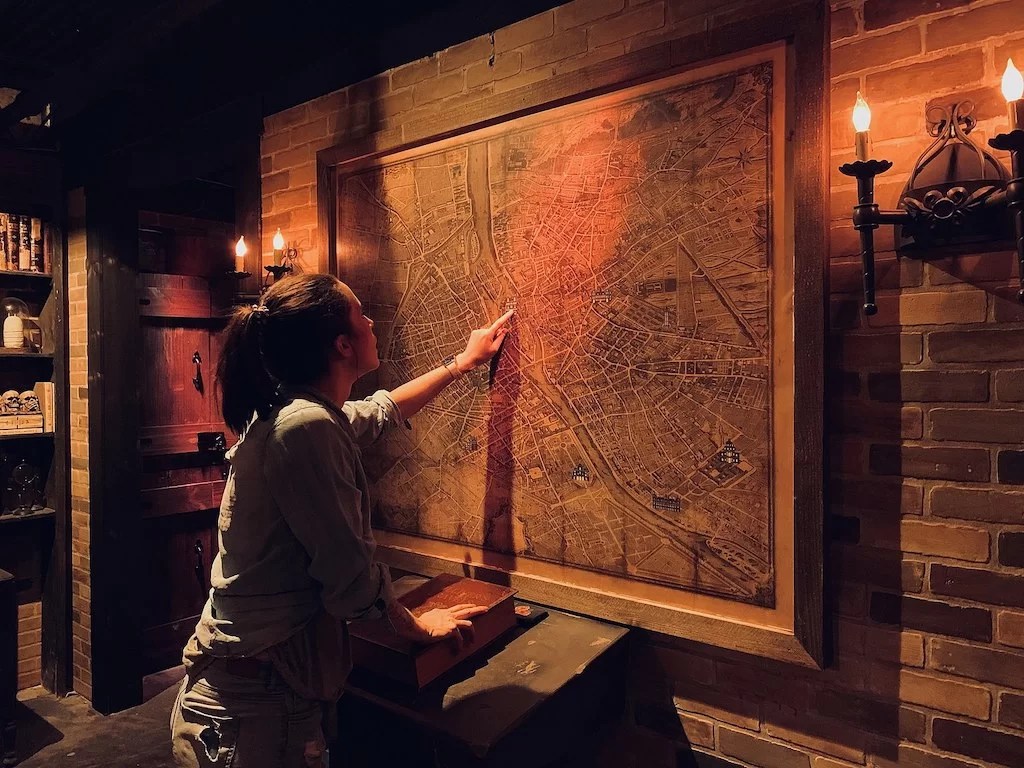Escape rooms have taken the world by storm, captivating thrill-seekers and puzzle enthusiasts alike. These immersive experiences offer a unique blend of entertainment, teamwork, and brain-teasing challenges. This article delves into the fascinating realm of escape rooms, exploring their intricate design, the psychology behind them, and the art of puzzle-solving.
The Art of Escape Room Design: Crafting Immersive Adventures
Escape rooms are meticulously crafted environments that transport participants into a different world. Every detail, from the decor to the props, is carefully chosen to enhance the theme and storyline. The objective is to create an atmosphere that engages all the senses, making participants feel like they’ve entered an alternate reality.
The design process involves a fusion of creativity and precision. Game designers must strike a balance between complexity and solvability. Intricate puzzles and challenges are strategically placed to guide participants through the narrative while keeping them engaged and intrigued. Lighting, sound effects, and even temperature control contribute to the immersive experience.
The Psychology Behind the Thrill: Why We Love Escape Rooms
Escape rooms tap into a fundamental aspect of human psychology—the desire for novelty, challenge, and accomplishment. The thrill of stepping into the unknown and working against the clock triggers an adrenaline rush that keeps participants on the edge of their seats.
Collaboration is another key psychological element. Escape rooms encourage participants to communicate, share ideas, and pool their strengths. This fosters a sense of camaraderie and achievement when the team successfully unravels a challenging puzzle. Moreover, the feeling of accomplishment and the release of endorphins upon completing a room can create lasting memories and personal triumph.

Cracking the Code: The Art of Puzzle-Solving
At the heart of every escape room lies the puzzles. These brain teasers come in various forms—riddles, logic puzzles, pattern recognition, and more. Each puzzle is a piece of the larger narrative, requiring participants to think critically and laterally to connect the dots.
The process of puzzle-solving mirrors real-world problem-solving skills. It encourages participants to analyze information, approach challenges from different angles, and collaborate to uncover hidden clues. The satisfaction of cracking a particularly tough puzzle often leads to a surge in motivation to conquer subsequent challenges.
The Power of Escapism: A Break from Routine
In our fast-paced lives, escape rooms offer a unique form of entertainment that allows us to disconnect from our daily routines. The thrill of solving puzzles and unraveling mysteries provides a mental break while keeping the mind engaged. It’s an opportunity to enter a world of intrigue, leaving behind the stresses of everyday life.
Conclusion
Escape rooms are more than just games; they are immersive experiences that blend design, psychology, and puzzle-solving into a captivating adventure. The careful design of these environments, the psychological triggers they activate, and the joy of cracking intricate puzzles all contribute to their widespread appeal. So, if you’re looking for a thrilling and mind-bending activity that challenges your intellect and teamwork skills, an escape room might be your next perfect adventure.

